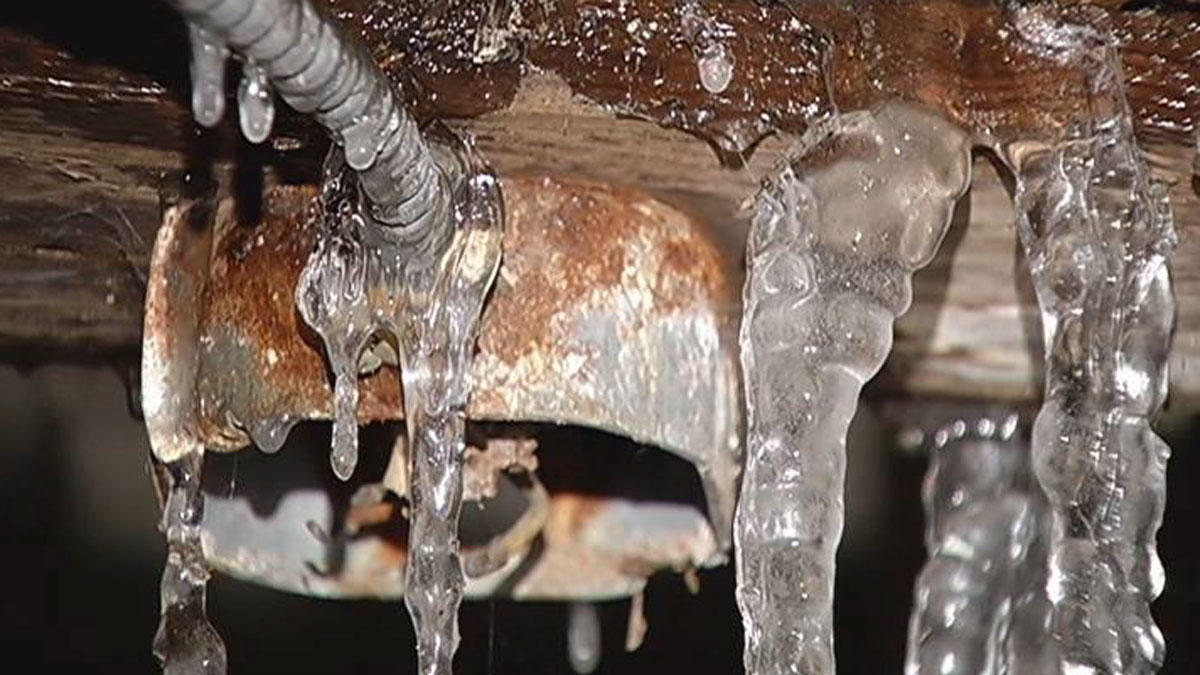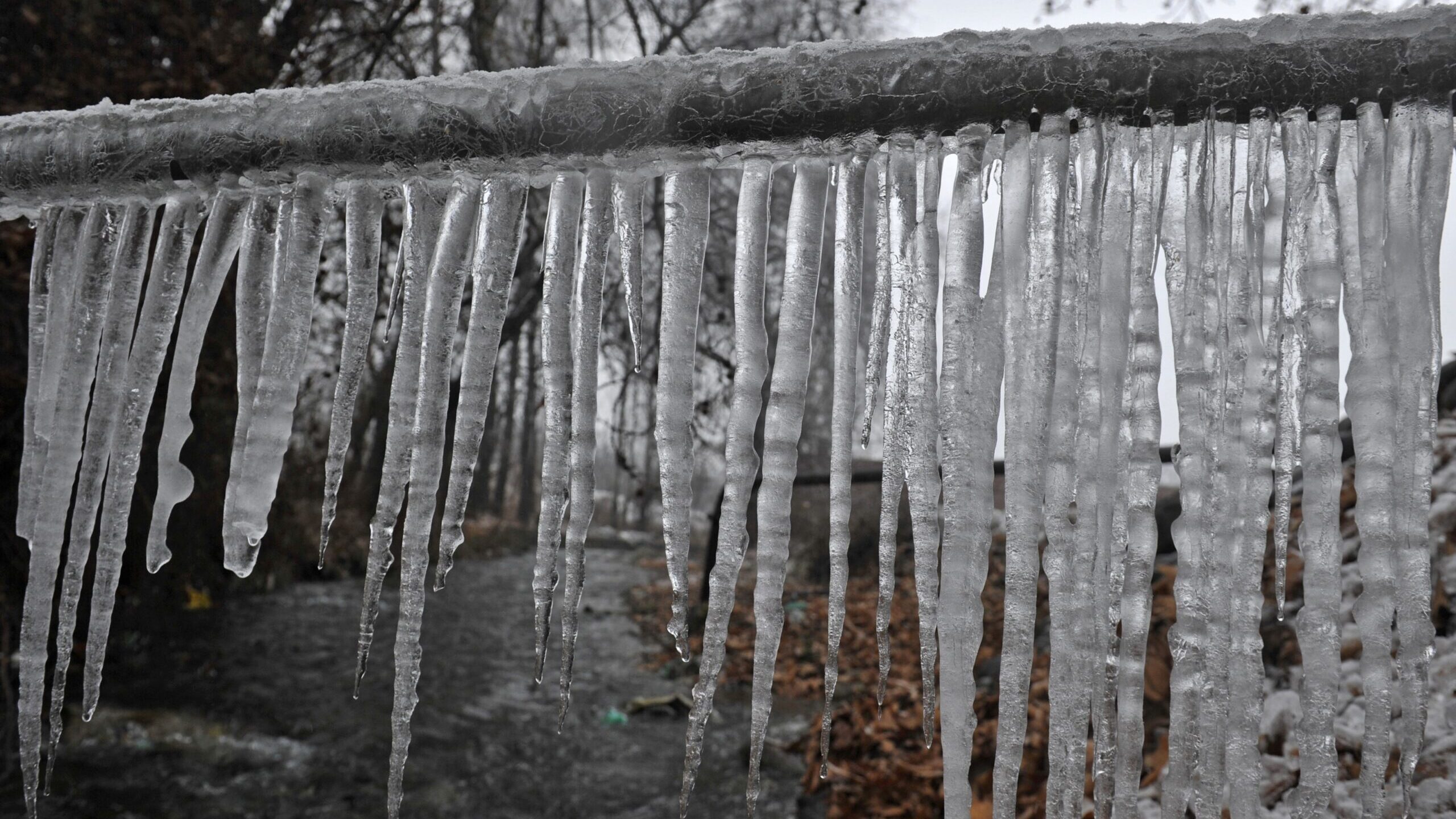Protecting Against Frozen Plumbing: Effective Methods for Winter
Protecting Against Frozen Plumbing: Effective Methods for Winter
Blog Article
This article down the page involving How to prepare your home plumbing for winter weather is really fascinating. Don't miss out on it.

Cold weather can damage your plumbing, especially by freezing pipelines. Below's exactly how to prevent it from taking place and what to do if it does.
Intro
As temperatures decline, the danger of frozen pipelines rises, potentially leading to expensive repair work and water damages. Recognizing just how to prevent frozen pipelines is crucial for property owners in cold climates.
Understanding Icy Pipelines
What triggers pipelines to ice up?
Pipelines ice up when revealed to temperature levels listed below 32 ° F (0 ° C) for extended periods. As water inside the pipes ices up, it expands, taxing the pipe walls and possibly causing them to burst.
Risks and problems
Frozen pipelines can result in supply of water disruptions, property damage, and costly repair services. Burst pipes can flooding homes and create comprehensive structural damage.
Signs of Frozen Water Lines
Recognizing frozen pipes early can prevent them from bursting.
Just how to identify icy pipes
Seek reduced water flow from taps, unusual smells or sounds from pipes, and noticeable frost on revealed pipes.
Avoidance Tips
Protecting susceptible pipelines
Cover pipelines in insulation sleeves or utilize warm tape to shield them from freezing temperature levels. Focus on pipelines in unheated or external areas of the home.
Heating techniques
Keep interior spaces properly heated, especially areas with pipes. Open up cupboard doors to allow warm air to distribute around pipelines under sinks.
Protecting Outside Pipes
Garden pipes and outside taps
Detach and drain pipes yard pipes prior to winter months. Mount frost-proof faucets or cover outdoor faucets with shielded caps.
What to Do If Your Pipes Freeze
Immediate actions to take
If you think frozen pipelines, maintain faucets available to relieve stress as the ice melts. Use a hairdryer or towels soaked in hot water to thaw pipelines slowly.
Long-Term Solutions
Structural changes
Think about rerouting pipelines far from outside walls or unheated areas. Include extra insulation to attic rooms, cellars, and crawl spaces.
Updating insulation
Invest in premium insulation for pipes, attics, and wall surfaces. Appropriate insulation aids preserve consistent temperature levels and reduces the threat of icy pipes.
Conclusion
Stopping icy pipes requires aggressive procedures and fast actions. By understanding the causes, signs, and safety nets, home owners can protect their plumbing during winter.
5 Ways to Prevent Frozen Pipes
Drain Outdoor Faucets and Disconnect Hoses
First, close the shut-off valve that controls the flow of water in the pipe to your outdoor faucet. Then, head outside to disconnect and drain your hose and open the outdoor faucet to allow the water to completely drain out of the line. Turn off the faucet when done. Finally, head back to the shut-off valve and drain the remaining water inside the pipe into a bucket or container. Additionally, if you have a home irrigation system, you should consider hiring an expert to clear the system of water each year.
Insulate Pipes
One of the best and most cost-effective methods for preventing frozen water pipes is to wrap your pipes with insulation. This is especially important for areas in your home that aren’t exposed to heat, such as an attic. We suggest using foam sleeves, which can typically be found at your local hardware store.
Keep Heat Running at 65
Your pipes are located inside your walls, and the temperature there is much colder than the rest of the house. To prevent your pipes from freezing, The Insurance Information Institute suggests that you keep your home heated to at least 65 degrees, even when traveling. You may want to invest in smart devices that can keep an eye on the temperature in your home while you’re away.
Leave Water Dripping
Moving water — even a small trickle — can prevent ice from forming inside your pipes. When freezing temps are imminent, start a drip of water from all faucets that serve exposed pipes. Leaving a few faucets running will also help relieve pressure inside the pipes and help prevent a rupture if the water inside freezes.
Open Cupboard Doors
Warm your kitchen and bathroom pipes by opening cupboards and vanities. You should also leave your interior doors ajar to help warm air circulate evenly throughout your home.

Do you like reading about Helpful Tips to Prevent Frozen Pipes this Winter? Try leaving a short review directly below. We will be pleased to hear your opinions about this blog post. In hopes that you come back again in the future. Loved our write up? Please share it. Help other people find it. Thanks so much for taking the time to read it.
Click Here Report this page